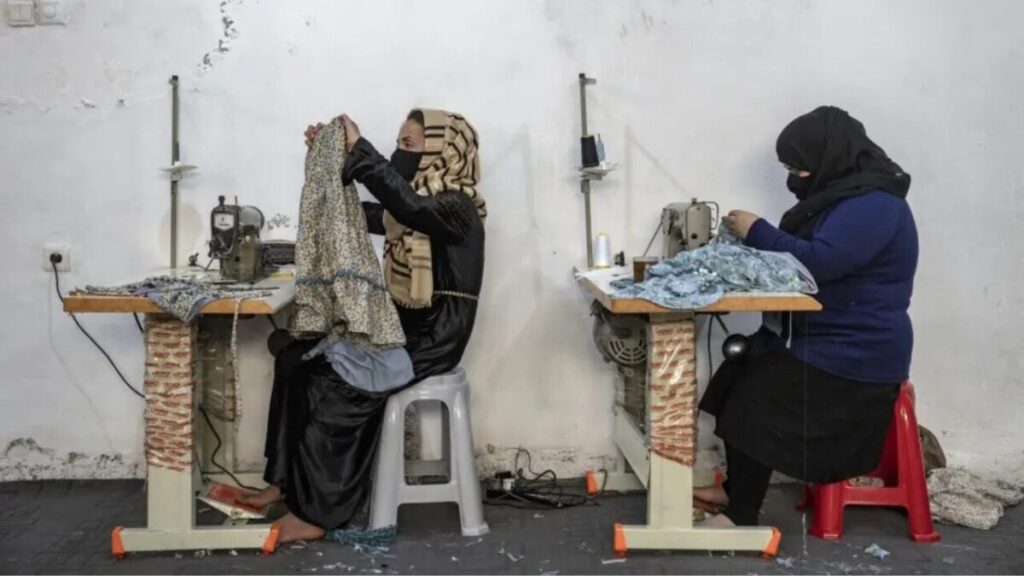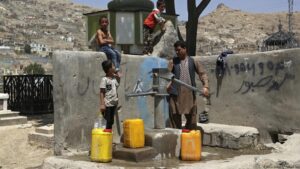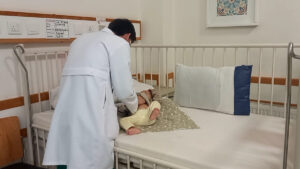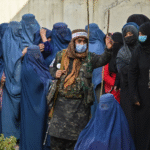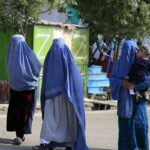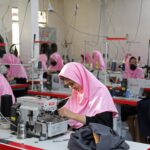The World Bank has recently stated that no region in the world would benefit as much from removing barriers to women’s participation as the Middle East, North Africa, Afghanistan, and Pakistan. According to the Bank, enabling women to engage fully in the workforce could pave the way for sustainable growth and economic justice across the region.
In its newly released report, the World Bank noted that the economic outlook for the Middle East, North Africa, Afghanistan, and Pakistan is improving in 2025. The report projects that the region’s economic growth will reach 2.8% in 2025 and 3.3% in 2026.
However, the Bank warned that global instability, ongoing conflicts, shifts in trade policies, and rising displacement could threaten this economic recovery.
The report highlights that Gulf Cooperation Council (GCC) countries will benefit from the gradual end of voluntary oil production cuts and the expansion of non-oil industries. Meanwhile, oil-importing countries are expected to experience economic recovery driven by increased private investment, public spending, and revitalized agricultural and tourism sectors.
Titled “Jobs and Women: Untapped Talent, Unrealized Growth,” the report underscores the crucial role of women’s participation in the region’s economic development. According to World Bank findings, only about 20% of women in the region are part of the labor force — the lowest female participation rate in the world.
Ousmane Dioune, the World Bank Vice President for the Middle East, North Africa, Afghanistan, and Pakistan, stated: “I’m calling for bold actions, not incremental steps. To fully unlock women’s potential in the region, the barriers to their participation must be comprehensively addressed. A dynamic private sector that creates jobs and reshapes aspirations is the key to real progress.”
Roberta Gatti, the World Bank’s Chief Economist for the region, also emphasized: “Increasing women’s labor force participation could lead to significant economic gains. Removing obstacles that prevent women from working could raise per capita GDP in countries such as Egypt, Jordan, and Pakistan by 20 to 30 percent.”

